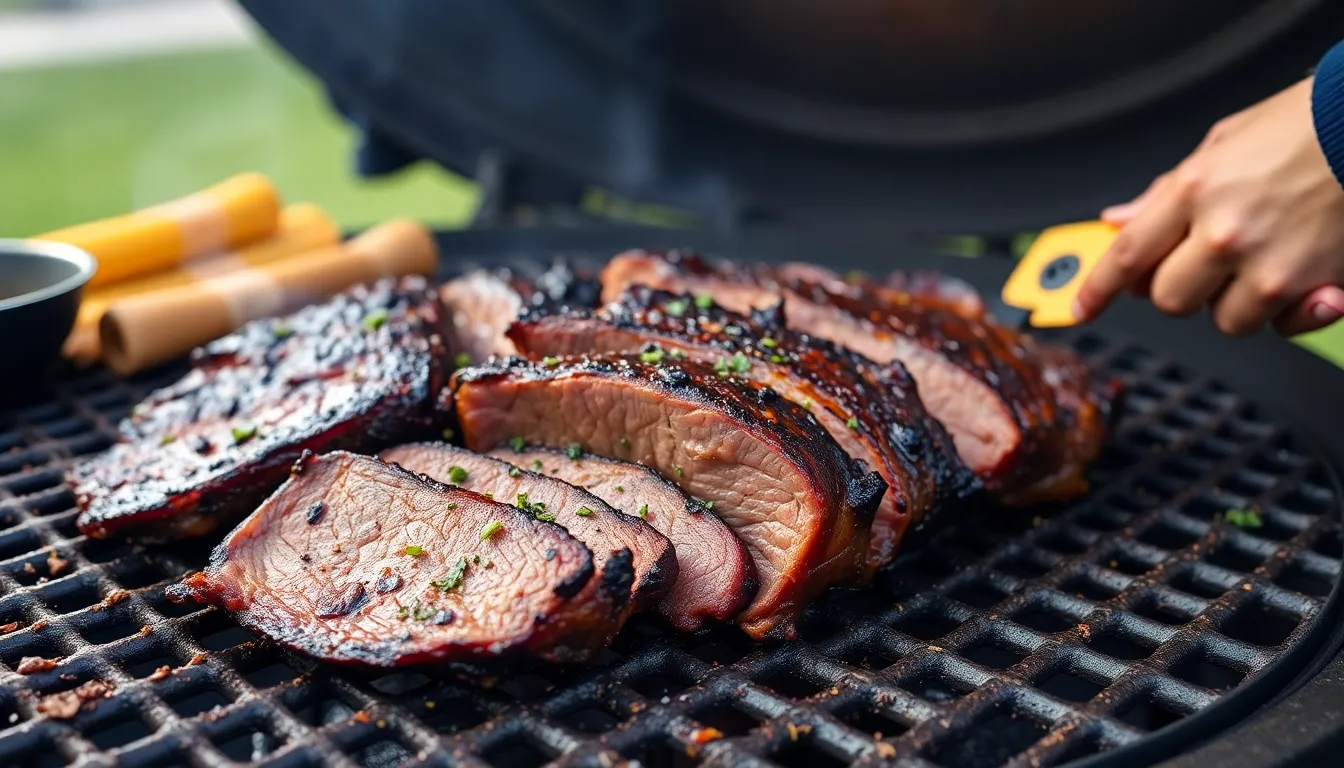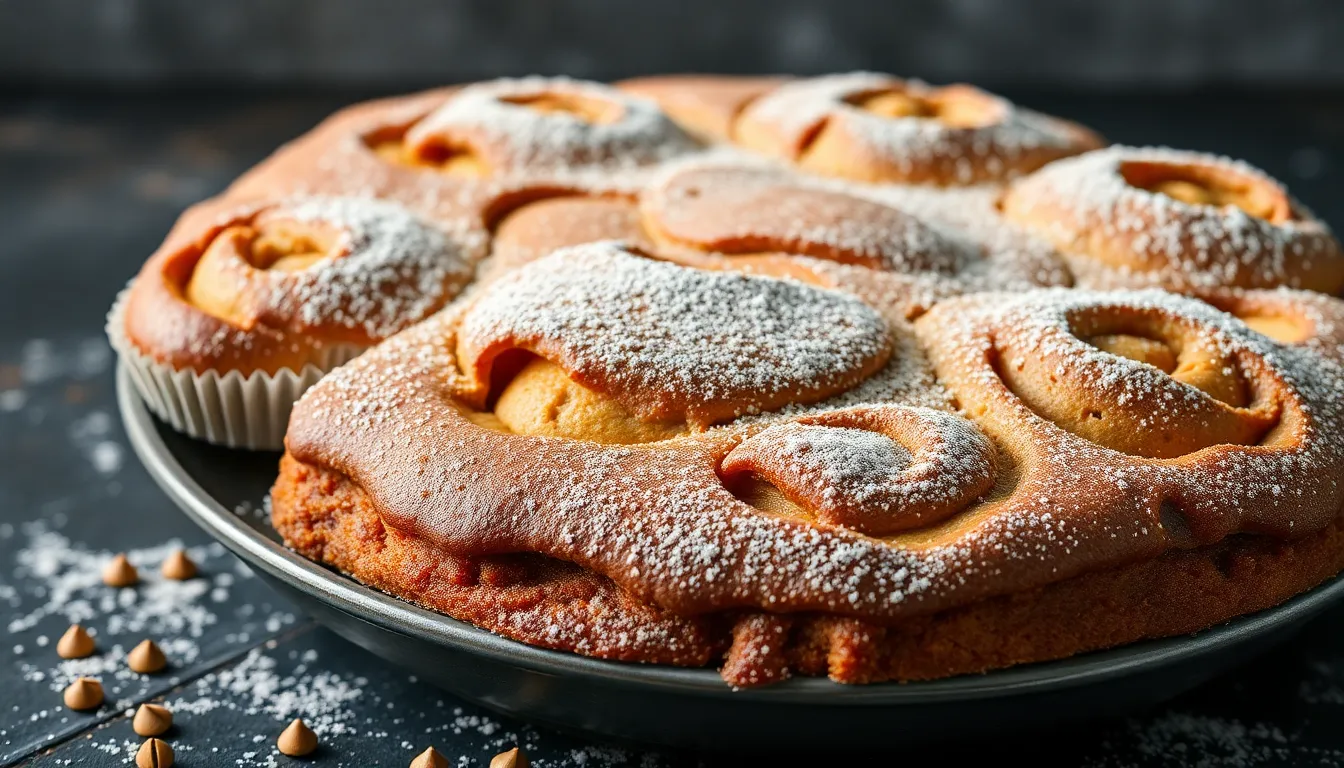The Best Grilling Techniques for Cooking Brisket
Introduction
Brisket has long been a beloved cut of meat, cherished for its rich flavor and tender texture when cooked properly. Hailing from the lower chest of the cow, brisket is a staple in barbecue culture, especially in the Southern United States. Mastering the art of grilling brisket can elevate your culinary skills, allowing you to produce mouthwatering results that will impress family and friends.
In this article, we will explore effective grilling techniques that will help you achieve optimal flavor and tenderness when cooking brisket. Whether you are a seasoned pitmaster or a backyard grilling enthusiast, the insights provided here will guide you through the journey of preparing and grilling a perfect brisket.
Section 1: Understanding Brisket
1.1 What is Brisket?
Brisket is a cut of meat from the breast or lower chest of a cow. It is known for its rich marbling and flavor, making it ideal for slow cooking methods. There are two main types of brisket:
- Flat: The flat cut is leaner and has less fat, making it a popular choice for slicing into sandwiches.
- Point: The point cut is thicker and contains more fat, resulting in a juicier texture and a more robust flavor.
1.2 Why Grilling Brisket?
Grilling brisket offers several benefits compared to other cooking methods:
- Flavor Enhancement: The high heat of grilling helps to develop a delicious crust while sealing in the juices.
- Tenderness: When cooked properly, brisket becomes incredibly tender, with a melt-in-your-mouth texture.
- Smoky Aroma: Grilling brisket allows you to incorporate wood smoke, which adds depth and complexity to the flavor.
Section 2: Preparing Your Brisket
2.1 Choosing the Right Brisket
When selecting brisket, consider the following tips:
- Look for a brisket with good marbling, as this fat will render during cooking and keep the meat moist.
- Choose a brisket that feels firm to the touch and has a bright red color.
- Consider the weight; a larger brisket (10-14 pounds) is ideal for gatherings, while smaller cuts are great for intimate meals.
2.2 Trimming the Brisket
Properly trimming your brisket is essential to ensure a great final product. Here’s how to do it:
- Place the brisket on a cutting board, fat side up.
- Use a sharp knife to trim excess fat, leaving about ¼ inch of the fat cap.
- Remove any silverskin or tough tissue, which can prevent the seasoning from penetrating the meat.
- Trim any uneven edges to promote even cooking.
2.3 Seasoning and Marinades
Seasoning is key to enhancing the flavor of your brisket. Here are some popular seasoning blends and marinades to consider:
| Seasoning/Marinade | Ingredients | Recommended Usage |
|---|---|---|
| Texas BBQ Rub | Salt, black pepper, garlic powder, paprika, cayenne | Rub generously over the brisket before grilling. |
| Coffee Crust | Ground coffee, brown sugar, salt, pepper | Apply as a dry rub for a unique flavor. |
| Soy Sauce Marinade | Soy sauce, brown sugar, garlic, ginger | Marinate overnight for enhanced flavor. |
Section 3: Grilling Techniques for Brisket
3.1 Direct vs. Indirect Grilling
Understanding the difference between direct and indirect grilling is crucial for cooking brisket:
- Direct Grilling: Cooking the meat directly over the heat source. This method is best for smaller cuts or when searing meat.
- Indirect Grilling: Cooking the meat away from the heat source, allowing for slower cooking. This is ideal for larger cuts like brisket.
3.2 The Low and Slow Method
The low and slow method is the cornerstone of brisket grilling. Here’s why it’s important:
- Cooking at low temperatures (225°F to 250°F) allows the collagen in the brisket to break down, resulting in tenderness.
- Cooking time can vary depending on the size of the brisket, but a general rule is about 1 to 1.5 hours per pound.
3.3 The Reverse Sear Technique
The reverse sear technique involves cooking the brisket slowly first and then searing it at high heat. Follow these steps:
- Start by cooking the brisket indirectly until it reaches an internal temperature of about 190°F.
- Once this temperature is reached, remove the brisket from the grill and let it rest for about 30 minutes.
- Increase the grill heat to high and sear the brisket on all sides for a crispy crust.
3.4 Monitoring Internal Temperature
Monitoring the internal temperature is vital for achieving perfect doneness. Recommended temperatures include:
- 190°F to 205°F for slicing
- 205°F to 210°F for pulling apart
Utilize tools such as meat thermometers or smart grills with built-in temperature monitoring for accuracy.
Section 4: Wood and Smoke Flavoring
4.1 Choosing the Right Wood
The type of wood you use can significantly impact the flavor of your brisket. Consider the following options:
- Hickory: A classic choice that provides a strong, smoky flavor.
- Mesquite: Offers a bold taste, but should be used sparingly due to its intensity.
- Apple: Adds a sweet, mild flavor that complements the richness of brisket.
4.2 Setting Up Your Grill for Smoking
To set up your grill for smoking, follow these steps:
- For gas grills, use a smoker box filled with wood chips over the burners.
- For charcoal grills, create a two-zone fire by placing hot coals on one side and leaving the other side empty for indirect cooking.
- Add soaked wood chips to the coals to produce smoke.
4.3 The Art of Adding Smoke
Incorporating smoke flavor should be done with care. Here are some tips:
- Add wood chips in moderation; too much smoke can overpower the meat.
- Consider wrapping the brisket in foil during the final stages of cooking to help retain moisture and flavor.
Section 5: Resting and Slicing the Brisket
5.1 Importance of Resting
Resting the brisket is crucial for juicy results. When meat rests, the juices redistribute throughout the cut, preventing dryness. Allow the brisket to rest for at least 30 minutes, loosely covered with foil.
5.2 How to Slice Brisket
To maximize tenderness, slice the brisket against the grain. Here’s how:
- Identify the direction of the grain by looking for the muscle fibers.
- Using a sharp knife, slice the brisket into ¼ inch thick slices.
- Serve immediately, or store for later use in sandwiches or salads.
Conclusion
In summary, grilling brisket is an art that requires understanding the cut, mastering preparation techniques, and using the right grilling methods. From selecting and trimming the brisket to seasoning and smoking it, each step is integral to achieving that perfect flavor and tenderness.
We encourage you to experiment with the techniques shared in this article to find what resonates with your personal taste preferences. Don’t hesitate to share your brisket grilling adventures with us and let us know your favorite techniques!




